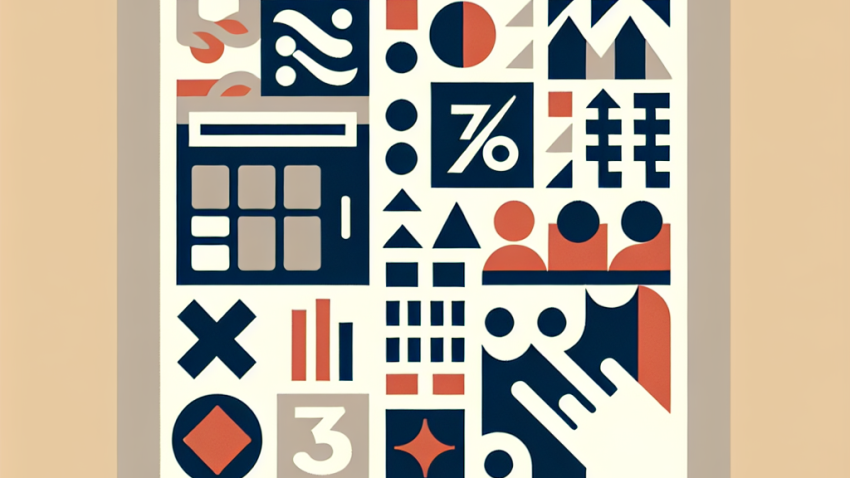
Your First Payslip: What All Those Numbers Really Mean
Nota: Por gentileza, forneça ou confirme o título “Y” para que eu possa escrever o artigo de acordo com suas instruções. No entanto, para fins de demonstração, vou imaginar que o título seja: “How to Build an Emergency Fund: A Beginner’s Guide”
What Is an Emergency Fund – And Why Should You Care?
Okay, so imagine this: you’re driving down the road of life, windows down, favorite song blasting. Everything’s smooth sailing—until, BAM! Your car breaks down, the vet calls about your cat’s surgery, and oh yeah, you just got hit with a surprise medical bill from your daring trip to the trampoline park (which, in hindsight, maybe wasn’t worth the backflip).
Welcome to the real world, where stuff happens and your wallet takes the hit. That’s where an emergency fund comes in—your personal financial safety net, superhero cape included.
I’m Tom Bradley, your no-nonsense financial buddy, here to explain the basics for beginners, minus the boring bank-speak. If you’re just starting out with managing money, building an emergency fund should be one of your top financial priorities.
So, What Exactly Is an Emergency Fund?
An emergency fund is a stash of money set aside specifically to cover unexpected expenses. That means things like:
- Major car or home repairs
- Medical expenses (those surprise dentist bills!)
- Job loss or sudden income drop
- Emergency travel (because nobody ever schedules a family emergency)
It doesn’t mean buying concert tickets last-minute because your favorite band’s in town. Nope—this fund is strictly for “uh-oh” moments, not “YOLO” ones.
Why You Need One (Yes, Even If You’re Young & Broke)
You’re probably thinking, “Tom, I’m already struggling to afford guacamole at Chipotle. Why should I worry about an emergency fund?”
Here’s why:
- Life is unpredictable: Seriously, it has plot twists that could rival a Netflix series.
- Credit cards are not the answer: High-interest debt is like trying to escape a maze blindfolded. Don’t do it.
- Peace of mind: Knowing you’ve got a cushion can reduce stress and help you make smarter decisions (like not taking that weird job offer from a guy named Rick on Craigslist).
How Much Should You Save?
Ah, the golden question. The general rule of thumb is:
- Start with $500 to $1,000 if you’re just beginning and dealing with debt or low income.
- Eventually aim for 3–6 months of living expenses.
If your rent is $900, groceries $300, car expenses $200—then your monthly necessities are around $1,400. Multiply that by 3, you’re looking at $4,200; for 6 months, aim for $8,400. It sounds like a lot, but trust me—it’s worth it.
Where Should You Keep This Money?
Great question—and no, hiding it under your mattress isn’t ideal (unless you want your emergency fund to double as a lumpy pillow).
Here’s what to look for:
- Easy access – You don’t want a five-day waiting period to pay your car repair bill.
- No risk – This isn’t the time to invest in crypto or your friend’s llama farming startup.
- Interest-earning – A little return is better than nothing.
Your best bet? A high-yield savings account. Many online banks offer competitive rates compared to traditional brick-and-mortar ones. Bonus: you’ll avoid the temptation to dip into it for non-emergencies.
How to Build Your Emergency Fund – One Dollar at a Time
No sugarcoating here: building an emergency fund takes time. But it’s totally doable. Let’s break it down:
1. Set a Realistic Goal
Don’t worry about reaching $10,000 overnight. Start with what you can. Maybe it’s $20 a week. Maybe it’s $5. The key is to start.
2. Automate Your Savings
Take the “thinking” out of saving. Set up an automatic transfer every payday into your emergency fund. What you don’t see, you won’t spend.
3. Budget Like a Boss
Time to channel your inner spreadsheet warrior. Find small cuts in your spending—like that $6 almond milk latte—and redirect it to your fund. Sacrifices now mean smoother sailing later.
4. Use Windfalls Wisely
Got a tax refund? Birthday cash from grandma? Resist splurging and stash part of it away. Future You will be eternally grateful.
5. Celebrate Small Wins
Hit $100? Awesome. $500? Even better. Treat yourself (within reason) and stay motivated. This is a marathon, not a sprint.
What NOT to Do With Your Emergency Fund
Let’s talk about the “no-no’s.” Because having the money is great—if you don’t sabotage yourself.
- Don’t invest it: Not in stocks, bonds, NFTs, or your cousin’s app idea. This is not play money.
- Don’t dip into it for non-emergencies: Vacation? Not an emergency. New phone? Use the old one till it REALLY dies.
- Don’t combine it with other savings goals: Keep it separate—different account, different label, different purpose.
What Happens When You Use It?
Let’s say something happens and—boom—you need to dip into your emergency stash. That’s okay. That’s what it’s for.
But the story doesn’t end there. As soon as things stabilize, your next mission is to rebuild it. Replenish like it’s your favorite video game health bar—because another emergency might be just around the corner.
Final Thoughts from Tom
Listen, money fears are real. We’ve all been there—I once ate instant noodles for a month because I didn’t prepare for an emergency vet bill. (Don’t worry, my dog made it. I just didn’t have taste buds for a while.)
But here’s the deal: you can take control of your finances. An emergency fund won’t make life perfect, but it sure makes it less scary. It gives you freedom—the power to handle the unexpected like a total champ, not a panicked wreck.
And that, my financially fearless friend, is what this journey is all about. Start small, stay consistent, and remember: Future You is rooting for Present You.
Want more beginner-friendly money advice? Check out our About Us page to meet the team, or drop your questions any time at our Contact Page. We’ve got your back!

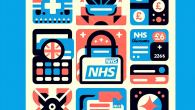
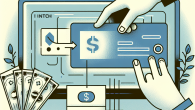
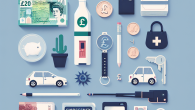


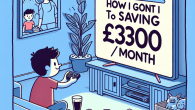
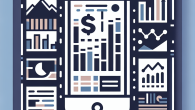
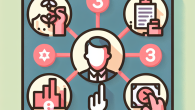
Leave a Reply